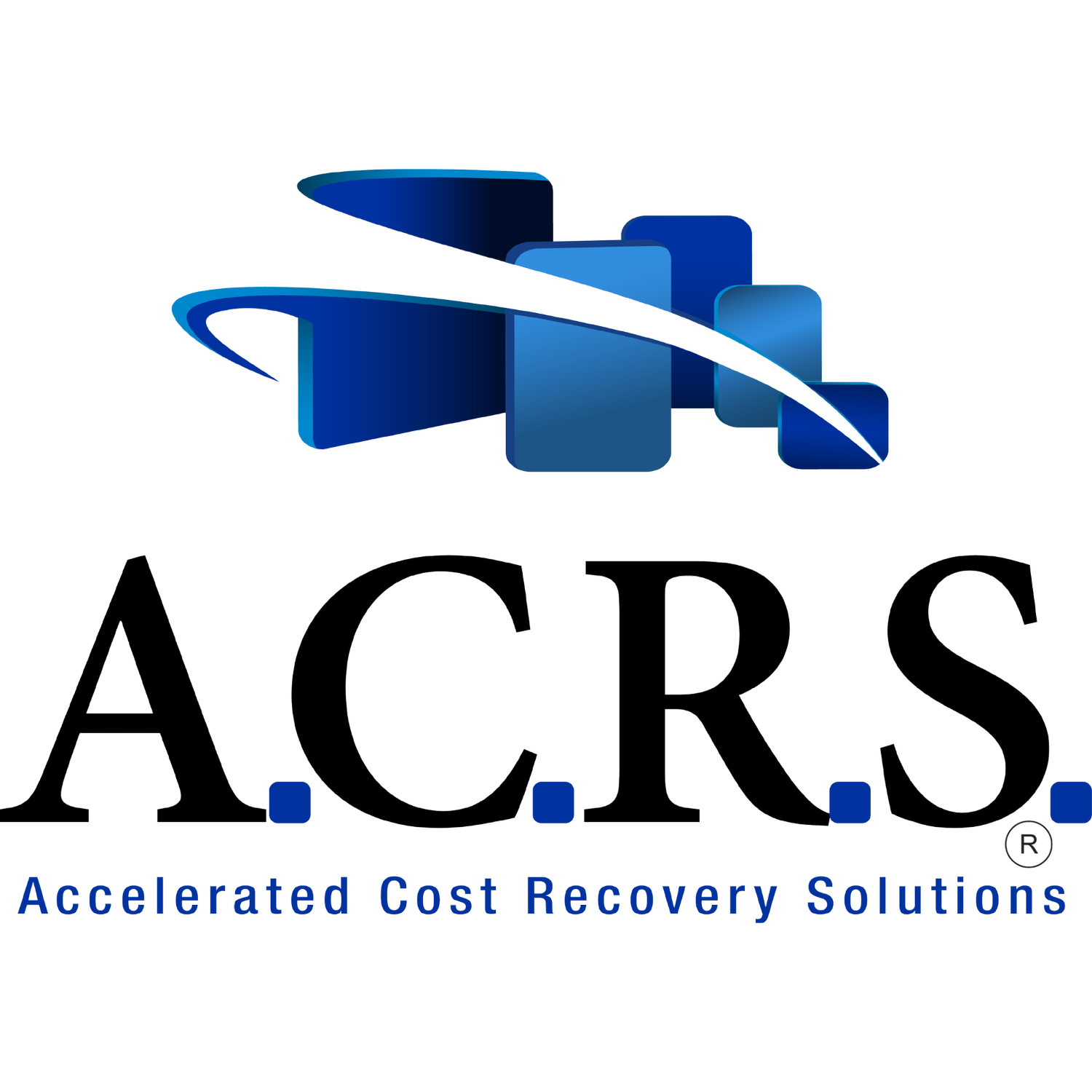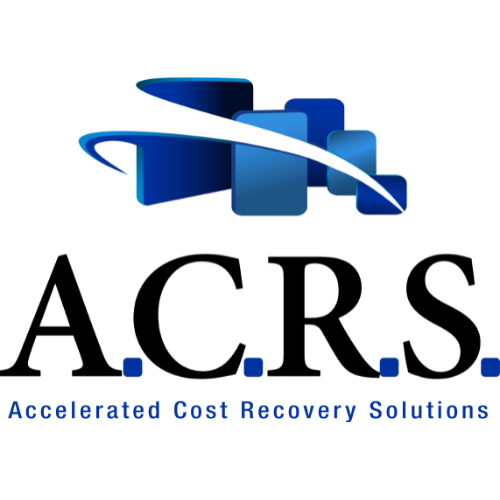
Accelerated Cost Recovery Solutions
Are you a property owner looking to reduce your tax liability and increase your cash flow? If so, our team of experienced engineers, construction professionals, and tax experts can help. We offer a FREE analysis of all commercial and residential properties.
Our Approach
We apply professional engineering and cost estimation procedures to determine the cost basis of our clients’ real estate for federal and state income tax depreciation purposes.
Our Services
-
Cost Segregation is a strategy for accelerating depreciation, reducing taxes, and increasing cash flow. Through an engineering-based cost segregation study, costs associated with building purchase, construction, or renovation are segregated into components. Before a cost segregation study, these costs are typically assigned a 39 or 27.5- year depreciable life for tax reporting. But by using the study results, a taxpayer can reclassify component costs to shorter depreciable lives of 5, 7, or 15 years, accelerating depreciation deductions and increasing cash flow by deferring federal and state income taxes.
-
The Energy Efficient Commercial Buildings Deduction allows owners of buildings that are constructed or substantially renovated in an energy-efficient manner to take a tax deduction for a portion of the building cost. Under internal revenue code section 179D, building costs that would otherwise be capitalized and depreciated over many years can be deducted in the current year.
The deduction is the lesser of actual qualified costs or $1.80 per square foot. The building or certain eligible components must achieve a 50% energy savings to qualify for the deduction. Eligible components systems include HVAC, building envelope (e.g. windows), and LED lighting.
-
In addition to the Cost Segregation Study, we offer the Fixed Asset Disposal Study (“Disposal Study”). Like the traditional engineered Cost Segregation Study, this study allocates the depreciable cost of a building to its individual components. However, the objective of a Disposal Study is different. The goal of a traditional cost segregation study is to determine the appropriate asset classifications for tax depreciation purposes to accelerate depreciation expense deductions. For a Disposal Study, the objective is to determine the depreciable cost of component assets that will be or have been disposed of. Using this information, your tax return preparer can easily calculate the amount of your deduction related to the disposal.
Doing a major renovation or remodeling an existing commercial property? A Fixed Asset Disposal Study can save you thousands in deductions by determining the depreciable costs of component assets that will be or have been disposed of. In addition to the IRS rules for capitalization and expensing of repair and maintenance items, they also provide rules for the treatment of disposal of depreciable assets. Under prior rules, taxpayers could not take losses for the partial disposal of building assets. However, the new rules allow for recognition of losses when certain assets are disposed of, such as during a renovation or remodel of a building. This opens up new opportunities for taxpayers to utilize engineered cost segregation studies to their benefit.
Disposal studies are worth considering if you have recently renovated or remodeled a building that is being depreciated on your tax return, and the project involved the removal of significant parts of the building – such as walls, flooring, roofing, windows, etc. These should also be considered if you made or plan to make significant replacements of components of major building systems like electrical, plumbing, and HVAC.
In order to take the deduction for disposed of assets, the regulations require taxpayers to use certain methods for calculating the remaining cost that has not been depreciated. An engineered cost segregation study is cited as an example of an acceptable method. It is widely accepted that a study that meets the IRS’ quality requirements is the soundest and most defensible method. Without a reliable method for calculating the disposal loss, taxpayers can potentially miss out on significant savings.
Meet Our Team
Bradley Leggett, Owner/Principal (ACRS/CCSS), National Cost Segregation Specialist
Connie Leggett, National Life Insurance Agent (ACRS/CCSS)
Lee Snyder, Project Manager (ACRS/CCSS)
Amanda Mclain, Operations Manager (ACRS/CCSS)
Landon Troxclair, Professional Engineer
Edward Carrick, Professional Engineer
Melanie Colletti, CPA, CVA, CISA, CITP
Robert Mitt, CPA
Our Mission
Integrity, Service & Commitment
We are committed to the pursuit of excellence and adhere to the highest ethical standards in all of our endeavors. We are devoted to producing a quality product and giving unparalleled customer service in all aspects of our business. We do things right, the first time, every time.
We put God first. We work for the client and seek to earn the trust of others.
We strive to continually grow and learn. We are passionate, determined, and motivated. We take great pride in the service we provide in our business.
We are humble. We care for our team members, our families, our clients, our business partners, and the relationships we build throughout the communities we serve.
We are enthusiastic about our mutual opportunities for growth in business for success.




